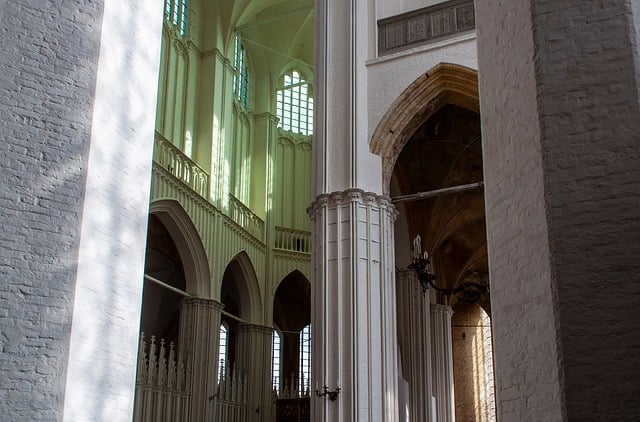Architectural Strategies for Cutting Construction Costs
In the world of architecture, balancing aesthetics with budget constraints is a common struggle. The quest for construction cost reduction can often feel like walking a tightrope; every decision made should not only contribute to the project’s vision but also keep finances in check. Here, we explore some innovative architectural strategies designed to trim costs without compromising on quality or design integrity.
1. Smart Design Planning
Before a single brick is laid, comprehensive design planning is crucial. Architects should embrace a collaborative approach with engineers and contractors, utilizing Building Information Modeling (BIM) to visualize every aspect of the project. This technology allows for early detection of potential issues, reducing the chance of costly changes later in the construction process.
2. Material Selection
The choice of materials can significantly impact the overall budget. Opting for locally sourced materials not only supports the community but can also lead to substantial savings in transportation costs. Moreover, considering alternative materials, such as reclaimed wood or recycled steel, not only reduces costs but can also enhance the project’s sustainability profile.
3. Modular and Prefabricated Components
One of the most effective strategies for construction cost reduction is the incorporation of modular and prefabricated components. By constructing sections of the building off-site, contractors can minimize labor costs and reduce construction time. This method allows for improved quality control while also shortening the project timeline, ultimately leading to lower overall expenses.
4. Efficient Space Utilization
Maximizing space efficiency is not just about creating appealing layouts; it can also lead to significant savings. Architects can implement multi-functional spaces that serve various purposes, allowing clients to reduce the overall square footage required. This thoughtful approach minimizes construction costs while enhancing user experience.
5. Sustainable Design Practices
Incorporating sustainable design practices can lead to long-term cost savings. While initial investments may be higher, features like solar panels, energy-efficient windows, and sustainable landscaping can drastically cut utility bills over time. Architects must educate clients about the lifecycle costs associated with sustainable choices, illustrating how they can ultimately lead to reduced operational costs.
6. Streamlined Project Management
Lastly, effective project management is essential in controlling costs. Bare essentials should include employing a project manager who understands both the architectural vision and the practicalities of construction. Lean management techniques, allowing for continuous improvement and real-time adjustments, can also keep projects on track and prevent overspending.




